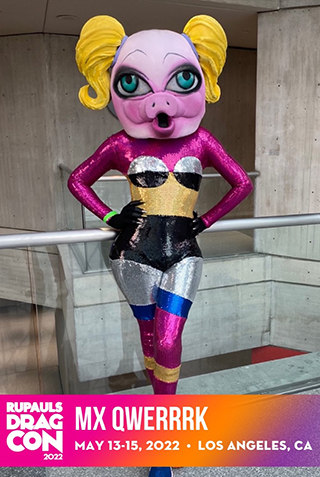Kandinsky

Pioneer of abstract art and eminent aesthetic theorist, Vasily (Wassily) Kandinsky (b. 1866, Moscow; d. 1944, Neuilly-sur-Seine, France) broke new ground in painting in the first decades of the twentieth century. His seminal pre–World War I treatise Über das Geistige in der Kunst (On the Spiritual in Art), published in Munich in December 1911, lays out his program for developing an art independent of one’s observations of the external world. In this and other texts, as well as his art, Kandinsky strove to use abstraction to give painting the freedom from nature that he admired in music. His discovery of a new subject matter based solely on the artist’s “inner necessity” occupied him throughout his life.
Kandinsky is a central figure in the history of the Solomon R. Guggenheim Museum. His works not only represent a part of the core and essence of the collection, but also helped to inspire the creation of the building. In 1929, Solomon R. Guggenheim began collecting Kandinsky’s canvases under the advisement of artist Hilla Rebay. Ten years later, their enthusiasm for the artist’s paintings, among those of others exhibiting nonobjectivity—a style of abstraction with no ties to the observable world—led them to open the Museum of Non-Objective Painting in New York. Later, Frank Lloyd Wright was commissioned in 1943 to design what has become one of the architect’s greatest masterpieces, which opened in 1959 as the Solomon R. Guggenheim Museum. Though Kandinsky is known for an abstraction that expressed his inner nature and Wright for his advancement of an organic architecture connected to the natural world, both advocated a spiritual, aesthetic experience of life. During the museum’s fiftieth-anniversary year, the landmark building is filled with the canvases that encouraged its inception.
Kandinsky draws from the three largest public holdings of the artist’s work—that of the Guggenheim Museum; the Centre Pompidou, Paris; and the Städtische Galerie im Lenbachhaus, Munich—as well as renowned institutions and private collections to bring together nearly one hundred paintings dating from 1902 to 1942. Complemented by more than sixty works on paper from the collections of the Guggenheim and the Hilla von Rebay Foundation, this retrospective retraces the painter’s oeuvre, focusing on key events that informed his life and work. Marked by two world wars and the 1917 Russian Revolution, Kandinsky’s abstraction did not develop in unworldly detachment; rather, this exhibition, the first full-scale retrospective of his career in the United States since 1985, reveals the complex background to his artistic advancement.
This exhibition is curated by Tracey Bashkoff, Solomon R. Guggenheim Museum, New York; Christian Derouet, Centre Pompidou, Paris; and Annegret Hoberg, Städtische Galerie im Lenbachhaus, Munich.
Solomon R. Guggenheim Museum, 1071 Fifth Ave at 89th St, NYC, 212-423-3500, through January 13, 2010, www.guggenheim.org













